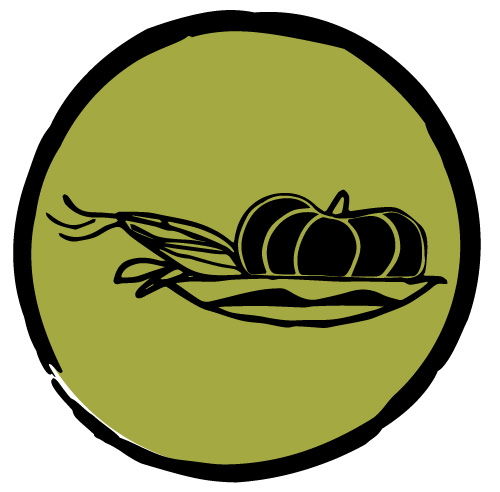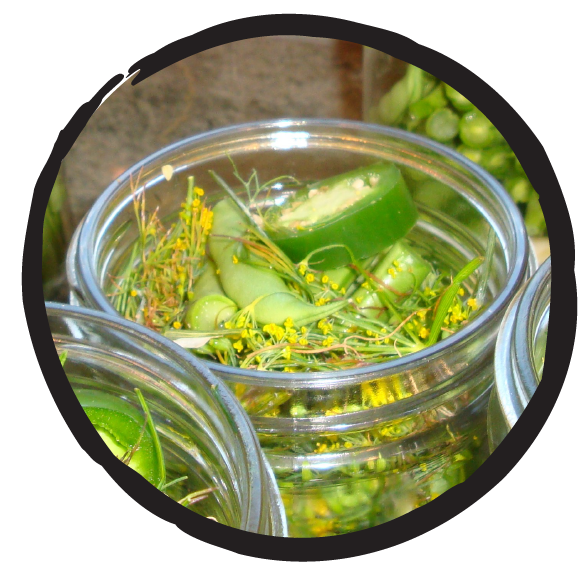Food

We Indigenous people understand that we have responsibilities to foster balanced relations with those who share themselves so that we might maintain our health. Eating is not optional for human people. We all must eat regularly. Given this, our food activities are jointly grounded in both Indigenous understandings of relational balance and in current realities regarding food availability, particularly for human people who live in urban and small town areas.
Download an overview of the food arc here.
Food Arc Activities
The video activities in this section will help us understand our relations with our food, primarily food that is gifted to us by our plant relatives. And, of course, this means we will be conversing about water, bird, wind, sun, critter, and other human relatives since we are so closely connected. We Indigenous people understand that we have responsibilities to foster balanced relations.

First foods and food sovereignty
These videos offer an introduction to food sovereignty and first foods, and cover topics including finding first foods at the grocer, gardening with local businesses, and growing asema/tobacco.

GARDENING
These videos look at different aspects of gardening, including topics like planting seeds, the jar test for dirt composition, and rabbits.
Supplemental Materials
soil textural triangle
This worksheet follows the Dirt Composition Jar Test video with a diagram on soil layers.

Processing and preserving
These videos provide a glimpse of techniques used in processing and preserving food. The two categories of techniques covered here are freezing and drying and canning and pickling.
Freezing and drying
canning and pickling
Supplemental Materials
Jeanette's pickling guide
Use this guide with the pickling videos to reinforce basic and specific techniques.

visiting plant relatives
These videos bring you outdoors to visit some nearby plant relatives. You will find vegetables, like corn, cucumber, and squash, as well as fruits, like raspberries and blueberries.

